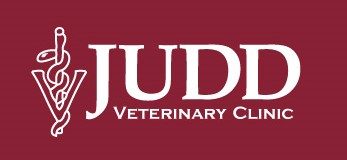Forage and Excess Carbohydrate
There are many horses that need to be fed a low carbohydrate ration due to conditions such as founder, equine metabolic syndrome, Cushing’s disease, and tying up. Specifically, the type carbohydrate to be restricted is non-structural carbohydrates, or NSC, and includes sugar, starch, and fructans. Kathy Watts has done extensive studies in this area and has found some surprising facts. Forage that was presumed to be low in NSC, such as dead grass and weeds, may be high enough to cause problems in susceptible animals. Most of the problems, such as grass founder, have been blamed only on the grazing of lush pasture, which is considered to mean green, vigorous, and well-hydrated grass. So avoiding lush grass may not be necessarily the only concern. Although most horse owners realize that molasses and grain are high in sugar and starch, excess carbohydrates may be found in other portions of the horse’s ration.
For horses that have foundered, it is recommended to feed hay with an NSC of less than 10%. One recent study revealed bermuda grass averaged 13.5%, with a high of 17.7%. As bermuda is fed commonly in Texas, this shows it is important to have the hay tested when feeding bermuda grass hay to horses that have foundered or must have low NSC’s for other reasons. Some people may consider oat hay to be less rich, but it actually has more NSC than bermuda grass and should not be fed to carbohydrate intolerant horses. Alfalfa is also a good choice in these horses as it is lower in NSC’s than bermuda grass hay. Mixing alfalfa with grass hay increases the protein and helps to make up the difference since grain is not being fed.
The part of cool-season grasses that is still green can have the highest concentration of carbohydrates in the fall. Surprisingly, weeds that were thought to have no nutritional value can be high in NSC’s and can cause a horse to founder in a pasture with nothing else than weeds. Thistles and dandelion have been shown to be high in fructans. Another important finding is that grass stems have the highest concentration of NSC’s in the entire plant. Because of this, overgrazed pasture may still have a higher carbohydrate concentration and can cause founder. Also, the same result occurs by shredding the pasture, so this will not help prevent founder in these susceptible animals. Although we used to think that grass that was drought-stressed had less carbohydrate than lush green grass, recent research shows this not to be the case.
For these reasons, it is important to be cautious when allowing horses that are susceptible to founder to graze on pasture just because the grass is brown and appears to be dormant. Also, fertilizing grass was not shown to increase carbohydrate content. Before allowing founder-prone horses to graze a specific pasture, give us a call and consider a ration analysis for NSC’s. These are not that expensive and can let you know if a carbohydrate intolerant horse can graze your pasture safely.
